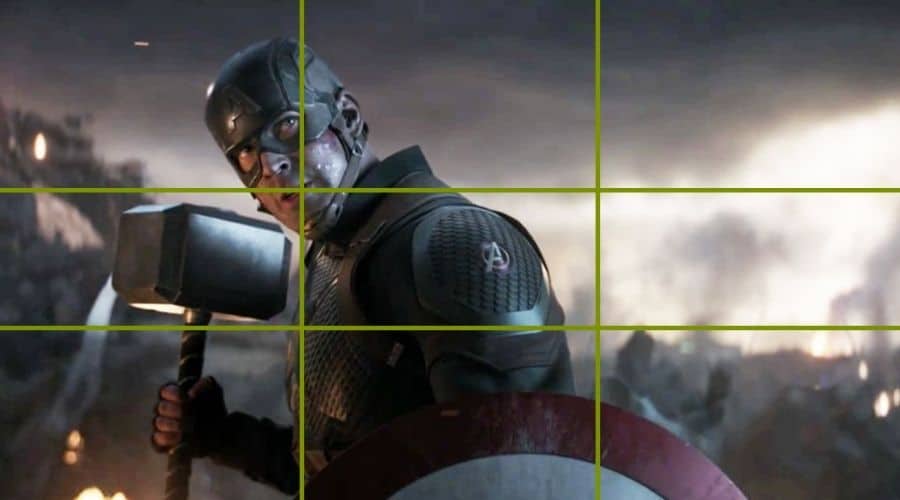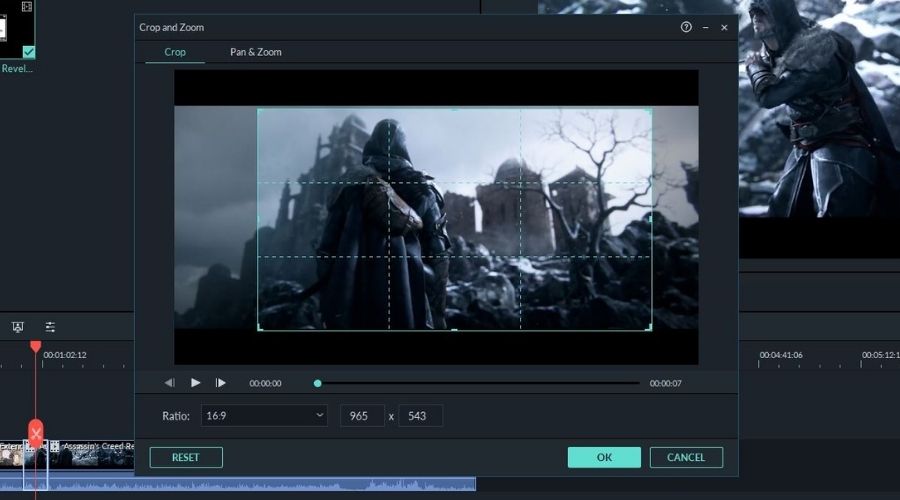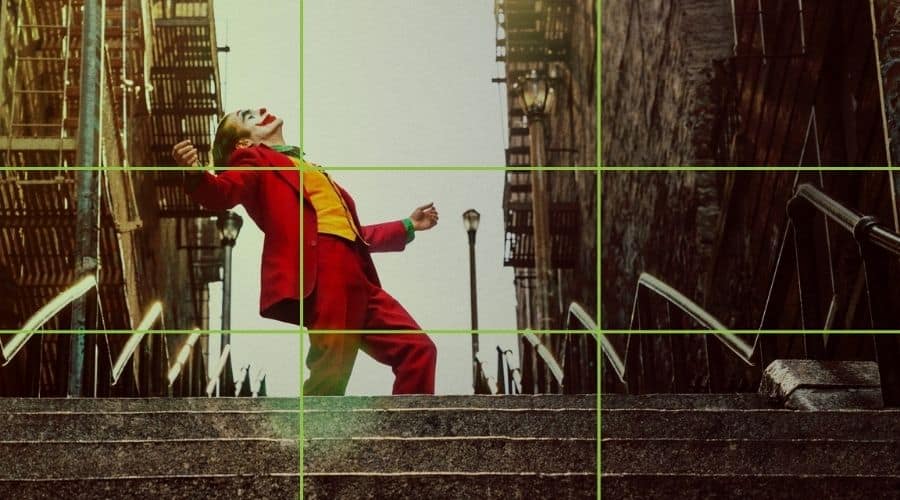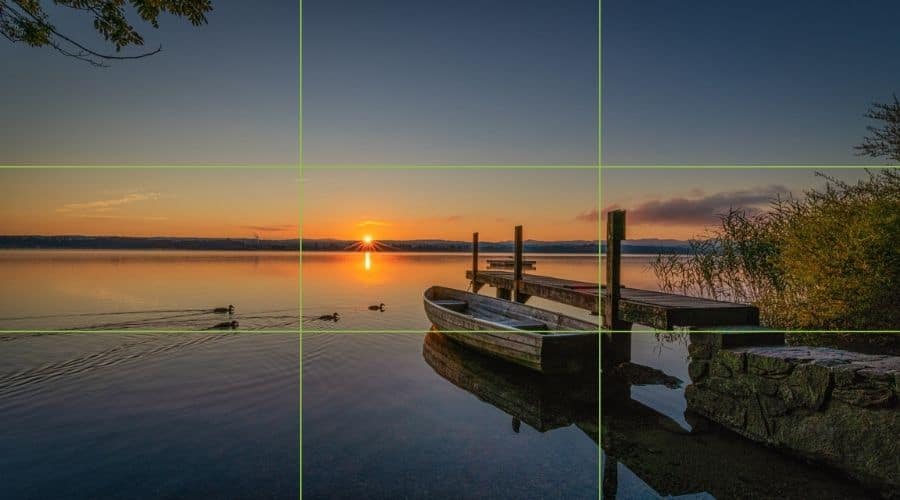The rule of third is probably the most used technique in the visual composition. You can apply it to improve the quality of your photos as well as your videos.
However, it not a rule that you need to strictly follow.
In this guide, I’m going to show you how you can use it to enhance your footage. Also, I’ll guide you on when you’d want to use it and just ignore it.
I’ll explain it all with examples. So keep reading!
What is the Rule of Thirds?
The rule of thirds is a composition technique where you place your point of interest in a position that grabs the viewer’s attention.
The best way to understand it is by putting the horizontal lines like this.

You may have seen grid lines like this in your camera before.
I used to switch it off as I never knew its true purpose to be honest.
Now, if you’re new to composition and framing, I’d recommend you keep it switched on.
How the rule of thirds works?
The two evenly spaced horizontal lines intersect two vertical lines to form a grid.
Now, here is the deal:
You have to put your subject on these lines, especially where they intersect. Once you do this, you’ll create aesthetically pleasing shots.
You can use the rule of thirds to balance your shots and give them more context.
But that’s not all
It would draw the viewer’s eyes to these focal points. So, you can use this technique when you want your audience to focus on an object.
How do you apply the rule of thirds?
Now before we dive right in, I just want to tell you that you can apply it the same way in both a photo as well as a video.

And Hollywood movies are full of shots with the rule of thirds applied.
Using the rule of thirds in photos
Now let’s head outside and take some landscape photos.

You see, the photo doesn’t look great, and that’s just because of how I placed the lighthouse.
Now, what happens when I change things around?

You can see our composition looks much better now and we have a much more pleasing shot. How better it looks compared to the previous one?
Now, if your shot has two subjects, you can place them on each parallel line.

Using the rule of thirds in videos
Now you know how to use the rule of thirds on static shots. What happens when you want to apply the same rule of thirds when there is a movement?
Just place your subject using the grid lines.

That’s not all
What happens if you’ve already taken the shot of your footage and haven’t applied the rule of thirds?
Well, don’t worry because it’s not too late.

Just import your footage in video editing software and adjust the composition using the rule of thirds grid. And there you have it!
When to Use the Rule of Thirds?
Now, when you’re watching a film or a TV show. Pay close attention to where are the subjects are being placed within the frame. You’ll be surprised to see how often they apply the rule of thirds.

So, the next time you’re about to take a photo or shoot some footage. Take a moment and think about your framing, composition, subject, and the rule of thirds.
Take it this way,
Suppose that you’re shooting a horizon. Now you can line up the horizon on either of the lines.
Now, you can put the horizon at the bottom line if there is nothing interesting.

You can have the horizon on the line at the top if there is nothing interesting in the sky.

You can put your subject on any line and the focus point on any intersecting point. It all depends on what you want to capture.
When Not to Use the Rule of Thirds
Here’s the deal,
The rule of thirds won’t always make your footage look better, it may make it worse in some cases.
How about an example?
You’re taking a photo with a horizon line, but this time there is a reflection.

Now when you’ve got a reflection in your frame, you’d want to keep the horizon in the center. This is where you’d fail to apply the rule of thirds grid. You’d essentially have to go for the center compositions in this particular condition.
The Bottom Line
There you have it, an actionable guide on the rule of thirds.
The next time you’re about to take a photo or shoot some video. Take a moment just to think about your shot. Then decide whether you’re going to use the rule of thirds or ignore it.
After all, rules are there to be broken. But do so only when you’ve got used to it.
Also, take it more as a rule of thumb rather than a rule to be strictly followed.


